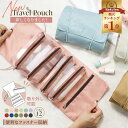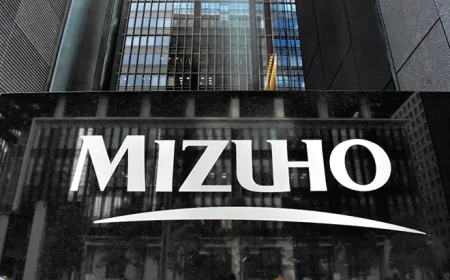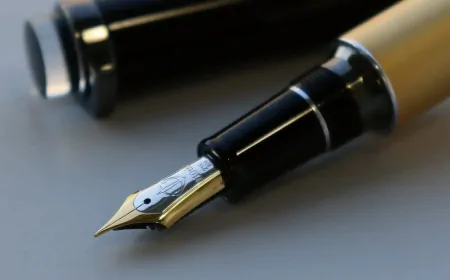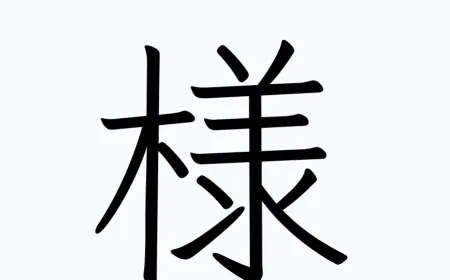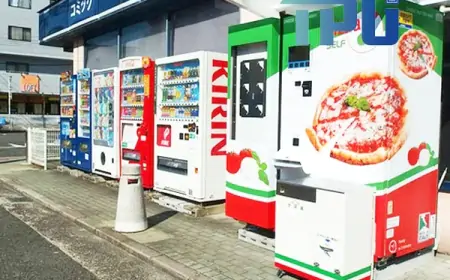Types of Japanese Liquor
Traditional Japanese cuisine, or Washoku, was officially included in the list of Intangible Cultural Heritage of the United Nations Educational, Scientific and Cultural Organization (UNESCO) on December 4, 2013.

Since then, Japanese wine has also become more and more famous and loved by friends around the world. So what is Japanese wine like? How many types are there? What is the wine culture like? Let's find out some typical wines with Chiaki below
Nihonshu 日本酒
This is the sake that you often hear about. Nihonshu refers to the traditional Japanese rice wine, made from rice, malt and water, and when it comes to sake, it refers to pure fermented nihonshu (from now on it will be called sake instead of nihonshu). Sake has many ways to drink, can be drunk immediately at room temperature, drink hot (people do not boil the wine but soak the bottle in a bowl of hot water) or let it cool or drink it cold (put in ice). Each state has its own name, hot sake is "atsukan", warm is "nurukan", at room temperature is "hiya" and cold is "reishu". The normal alcohol content of sake is 15-20 .
Shochu 焼酎
Shochu is a Japanese liquor, made by distilling ingredients such as rice, barley or sweet potatoes. Many of you often confuse shochu with Korean Soju, this is Japanese wine. Shochu has a higher alcohol content than sake (but less than 45) and is often used to make cocktails. It's okay to drink whole, but the high alcohol content can make it difficult to drink.
--------------------------
Injavi.com - Visit in Japan
There are many ways to drink shochu, usually mixed with water.
- Roku: this is the most common, people will put ice in a cup of shochu, wait for the ice to melt about 30 then drink. Letting the ice melt will destroy the taste.
- Mizuwari: add cold water to the shochu
- Oyuwari: add hot water to the shochu
- Chu-hai: refers to cocktails that use shochu as an ingredient.
Umeshu 梅酒
Umeshu is a famous Japanese apricot wine, made by soaking (unripe) plums with sake or shochu, sugar, and other ingredients. The alcohol level of regular plum wine is 14, it has a sour and sweet taste, quite easy to drink. In addition to using apricots as ingredients, the Japanese also use a number of other fruits to make wine, such as Hanh (apricot) to make Anzushu, Thanh Yen (small citrus-like fruit, sour taste). hybrid with lemon, yellow peel, called yuzu) to make Yuzushu, mandarin to make Mikanshu, or green apple to make Ringoshu. There are also other fruits such as litchi, peaches, melons, grapes, blueberries...
Nigorizake 濁り酒
A special type of sake also made from rice and malt but filtered through a cloth, usually available in winter. This wine is also known as "cloudy sake" because it has a feature unlike other alcohols that it keeps the rice residue after fermentation plus sugar, and this is located at the bottom of the bottle. Like a precipitate, when poured, the wine mixed with the residue will be milky white, floating like a cloud. This wine is very similar to Korean Makgeolli (called makkori in Japan).
Amazake 甘酒
It is an extremely low alcohol fermented rice wine from Japan, even without alcohol, with a sweet taste. Ama means sweet so amazake is obviously a very sweet wine, plus the low alcohol content, even children can drink. This wine is made by filtering the residue of sake after fermentation and then mixing it with water and rice. This mixture is fermented again to form amazake. And the finished product will have a paste like porridge, sometimes even used as a powder for children.
Most Japanese alcohol is easy to drink, delicious and safe. If you have any conditions, please share your feelings when enjoying Japanese wine with Chiaki.
-------------------
Injavi.com - Visit Japan | Visit in Japan
Guide to living, studying and working in Japan
Related Products


